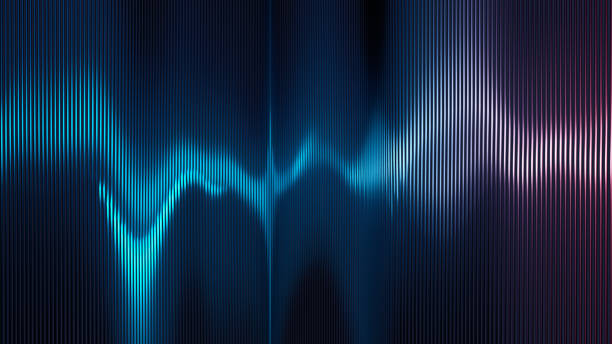Amateur radio simplex channels are frequencies used for direct communication without repeaters. If you’re new or just need a quick refresher, here are the most common frequencies for simplex operation in 2025.
Quick Reference: Popular Simplex Frequencies
2-Meter Band (144-148 MHz)
- 146.520 MHz: Universal calling frequency for general use.
- 146.490 MHz: Great for emergencies and local nets.
- 146.550 MHz: Often used for contests and DXing (long-distance communication).
70-Centimeter Band (420-450 MHz)
- 446.000 MHz: A favorite for local chats.
- 446.025 MHz: Commonly used for local nets or group activities.
1.25-Meter Band (222-225 MHz)
- 223.500 MHz: The main frequency for calling and chatting.
6-Meter Band (50-54 MHz)
- 50.125 MHz: Popular for contests and long-distance contacts.
10-Meter Band (28-29.7 MHz)
- 28.400 MHz: Frequently used for international conversations during contests.
How Simplex Works
Simplex uses one frequency for both sending and receiving. When you transmit, others listen—and they wait for you to finish before replying. It’s a straightforward way to communicate without relying on repeaters.
Tips for Smooth Communication
- Listen Before Transmitting: Make sure the frequency isn’t in use.
- Stick to Designated Frequencies: Use the bands listed above to avoid interference.
- Be Clear and Polite: Keep transmissions short and allow others to join.
- Boost Your Range: A good antenna and clear surroundings improve performance.
Simplex channels keep amateur radio simple and effective. Stick to these frequencies, follow best practices, and enjoy clear, direct communication in 2025!


Comments
Post a Comment